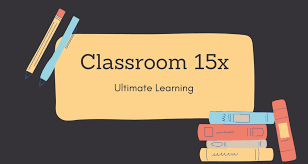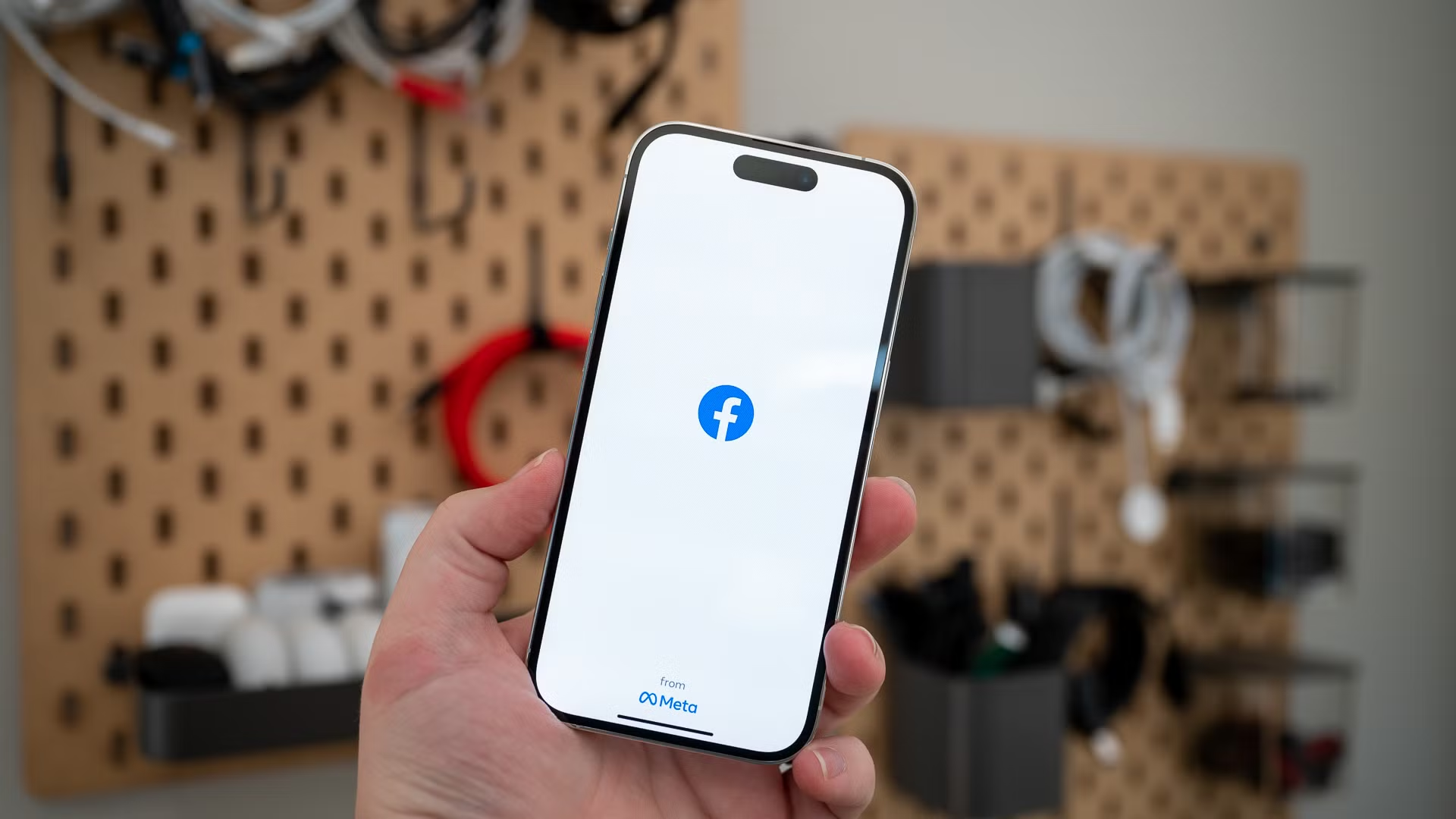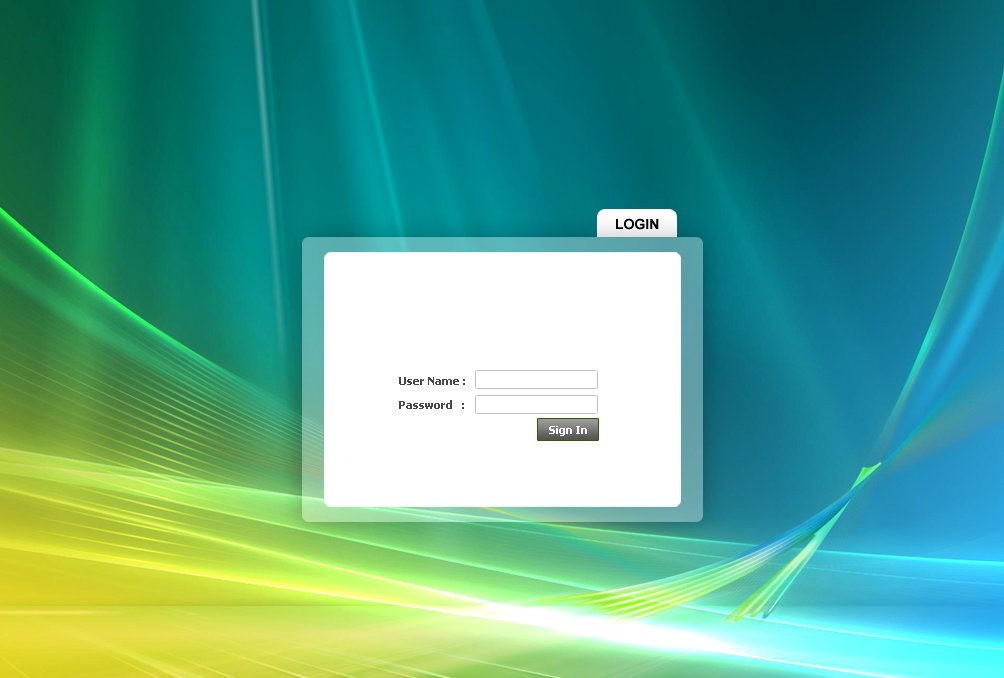In the modern educational landscape, effective teaching methods that actively engage students have become essential. As we move further into 2025, classroom strategies are evolving to meet the needs of a new generation of learners. One teaching technique that has proven effective for over a century but remains underutilized in many schools is the object lesson. This hands-on learning method, though rooted in history, continues to offer significant value in today’s classrooms. It bridges the gap between abstract concepts and tangible understanding, ensuring that students connect better with the material. In this article, we explore how object lessons are instrumental in classroom 15x explorations, their relevance in the classroom today, and how they promote classroom success in the 21st century.
What is an Object Lesson?
An object lesson is a teaching strategy that utilizes physical items to clarify abstract concepts or difficult ideas. Whether it’s a rock to explain geology, a plant to demonstrate biological processes, or a tool to demonstrate principles of physics, an object lesson ties theoretical knowledge to something concrete. In doing so, it makes learning more relatable and easier to understand.
While this method became widespread in American secondary schools in the late 19th century, its origins can be traced even earlier. Teachers began bringing everyday items into the classroom to illustrate everything from scientific concepts to moral lessons. The beauty of object lessons lies in their ability to offer a sensory experience, encouraging students to physically interact with the learning material, which leads to deeper engagement and better understanding.
Classroom 15x: The Evolution of Object Lessons
As we approach 2025, the concept of classroom 15x explorations has emerged. This concept refers to the integration of innovative teaching methods into the classroom, pushing boundaries and enhancing student learning outcomes. Object lessons, as an integral part of this approach, allow educators to experiment with tangible materials in ways that ignite curiosity and foster inquiry.
The Role of Object Lessons in Modern Classrooms
In the evolving landscape of education, classrooms are not simply places where information is passed from teacher to student. Today’s classroom is a dynamic environment where active participation and critical thinking are paramount. Students are expected to engage in deeper learning, moving away from rote memorization and toward creative problem-solving.
Object lessons align perfectly with this shift. In a classroom 15x exploration, the integration of physical objects into lessons can transform an otherwise theoretical concept into a lived experience. For example, students might use digital sensors in a science class to measure variables, but they can also observe the physical properties of those sensors and related equipment to grasp the core principles. The combination of high-tech tools with traditional object lessons creates a classroom where theory and practice intersect, allowing students to engage deeply with the subject matter.
Moreover, object lessons are not confined to any single subject. They can be employed across a wide array of disciplines to enrich students’ understanding. Whether it’s mathematics, science, literature, or ethics, integrating physical objects into lessons can help students develop a fuller, more nuanced understanding of the material.
Benefits of Object Lessons in the Classroom
1. Increased Engagement
One of the most significant advantages of object lessons is their ability to capture student attention. In today’s world, where students are constantly bombarded with distractions, teachers must find ways to make lessons more engaging. Using physical objects creates a multisensory experience that encourages students to think, touch, and even experiment with the material. The act of engaging with an object physically makes the learning process more interesting and memorable.
2. Concrete Understanding of Abstract Ideas
The concept of “abstract thinking” can be difficult for younger students to grasp. For example, understanding the concept of force in physics can be difficult without a real-world example to demonstrate it. By using objects, teachers can give students something to hold, examine, and interact with, transforming an abstract idea into something tangible. A classroom 15x exploration allows students to see and feel the phenomenon they are studying in real time, making the experience more impactful.
In subjects like mathematics, for instance, object lessons can use physical items such as rulers, measuring cups, or even geometric shapes to demonstrate key principles. These objects serve as effective metaphors, which help students build a stronger mental framework for complex ideas.
3. Improved Retention of Information
Active learning, which is often tied to hands-on methods such as object lessons, significantly enhances retention. When students interact with physical objects related to the subject, they not only understand the concept better, but they also remember it more vividly. This type of learning encourages students to apply their knowledge in practical scenarios, reinforcing their understanding in ways that traditional lectures cannot.
4. Encouraging Problem-Solving and Critical Thinking
Through classroom 15x explorations, object lessons foster critical thinking. When students work with tangible objects, they are forced to ask questions, make observations, and test their hypotheses. This process teaches them to think critically about how objects interact with the environment or how they illustrate scientific principles.
For example, if students are learning about the water cycle, a teacher could use a water bottle, a heat lamp, and a piece of clear plastic to create a model. As students manipulate the objects, they can observe how evaporation, condensation, and precipitation occur. Through this hands-on approach, they can discover the cycle for themselves rather than passively absorbing information.
5. Catering to Diverse Learning Styles
Each student has a unique learning style. While some students may excel in reading and writing, others may learn best by doing. Object lessons cater to kinesthetic learners—those who learn best by moving, touching, and interacting with physical materials. This hands-on approach makes abstract ideas more accessible, especially for students who struggle with more traditional forms of learning.
In addition, object lessons appeal to visual and auditory learners. By using visual aids such as diagrams and real-world objects, combined with verbal explanations, teachers can reach a broader spectrum of students. This inclusivity enhances the overall classroom experience and ensures that every student has the opportunity to thrive.
6. Enhancing Collaboration and Group Learning
Another key benefit of object lessons is that they can foster collaboration among students. When students work in groups to explore a physical object or solve a problem, they learn to communicate their ideas and share insights. This teamwork reinforces the lesson while building essential skills such as communication, collaboration, and teamwork—skills that are crucial in both academic and real-world environments.
How to Integrate Object Lessons into Your Classroom
Implementing object lessons in your classroom can be incredibly rewarding, but it requires some thought and planning. Below are some strategies for effectively using this approach to enhance student learning:
1. Identify the Key Concepts
Before introducing an object lesson, identify the key concepts you want to teach. For example, if you’re teaching about chemical reactions, you could bring in baking soda and vinegar to demonstrate an acid-base reaction. Once you have a clear understanding of what you’re trying to convey, select an object that will clearly represent that concept.
2. Engage Students with the Object
Once the object is introduced, encourage students to engage with it directly. Have them ask questions, make predictions, or even perform simple experiments. Allow students to touch and manipulate the objects, as hands-on exploration often leads to deeper understanding.
3. Facilitate Group Discussions
After the hands-on activity, facilitate a group discussion. Encourage students to reflect on their observations, share what they learned, and discuss the connections between the object and the concept it represents. This reflection process allows students to internalize the lesson and apply their newfound knowledge to other contexts.
4. Tie Object Lessons to Real-World Applications
One of the best ways to make object lessons effective is by linking them to real-world applications. When students understand how what they’re learning applies to their everyday lives, the lesson becomes more meaningful. For example, in a lesson on geometry, a teacher could use a building block to demonstrate how architects use shapes to design buildings, thereby connecting classroom learning to the real world.
5. Use Technology to Enhance Object Lessons
In today’s digital age, technology can further enhance the effectiveness of object lessons. For instance, teachers can incorporate augmented reality (AR) to allow students to view a 3D model of the object or concept they are studying. Additionally, apps and online tools can provide simulations or interactive lessons that complement the physical objects used in class.
Future of Object Lessons in the Classroom
Looking toward 2025 and beyond, the role of object lessons in the classroom is poised to grow. With advancements in technology, educators will be able to integrate even more sophisticated tools into their lessons. For instance, virtual reality (VR) could allow students to explore distant ecosystems or historical events as if they were physically there. Similarly, smart devices could provide instant data that enhances the understanding of physical objects in real time.
Moreover, the increasing focus on personalized learning means that classroom 15x explorations will become more prevalent. Educators will adapt the use of object lessons to meet the needs of individual students, ensuring that each learner has the opportunity to engage with the material in a way that resonates with them.
Conclusion
In conclusion, object lessons remain an invaluable teaching tool, especially in the context of classroom 15x explorations. Their ability to bring abstract concepts to life, foster engagement, promote critical thinking, and accommodate diverse learning styles makes them an essential part of the modern classroom. As education continues to evolve in 2025, the integration of object lessons will likely become even more prominent, helping students navigate a world of complex ideas through hands-on, tangible learning experiences. By embracing this approach, educators can ensure that their students achieve classroom success and are better prepared for the challenges of the future.
ALSO READ: UI Cheats Sims 4




